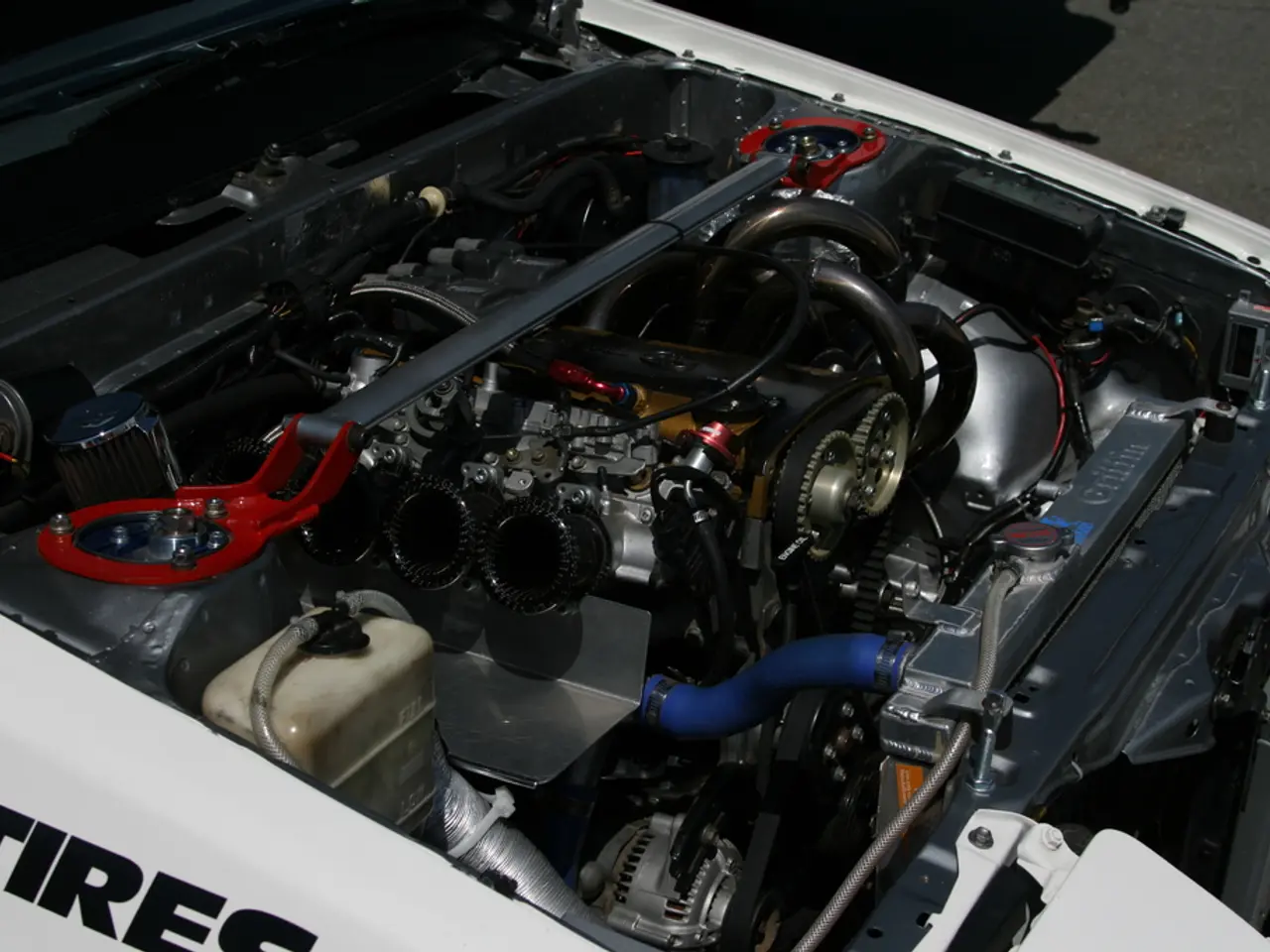Automotive and Energy Innovations: General Motors, Green Energy, Cenntro, CATL, Electra Vehicles, Safire Technology, EnerSys, ChargePoint, Group 14, and Noveau Monde in the Spotlight for EV, Battery, and Charging Developments
The electric commercial vehicle industry is witnessing significant strides, with a focus on higher energy density, faster charging capabilities, and longer lifespan. These advancements are driven by emerging battery chemistries and improvements to existing technologies.
Energy Density
The most notable progress is in solid-state battery technology, which replaces the liquid electrolyte with a solid material. Solid-state batteries can boost energy density by about 50% or more, enabling significantly longer driving ranges for commercial EVs within the same battery volume or weight [2]. Advanced lithium-ion chemistries, including nickel cobalt aluminum (NCA) and nickel cobalt manganese (NCM), continue to improve energy density, especially for long-haul electric trucks and fleets [5]. New battery types like lithium-sulfur and sodium-ion are emerging as promising alternatives, potentially offering competitive energy densities with reduced reliance on scarce materials like cobalt and lithium [1][2].
Fast Charging Capabilities
Solid-state batteries exhibit lower internal resistance, allowing for much faster charging times compared to current lithium-ion batteries [2]. Improvements in battery cell design and cooling systems, along with advancements in charging infrastructure, also contribute to accelerated charge speeds, helping commercial vehicles minimize downtime [3]. The evolving multi-chemistry approach allows manufacturers to optimize batteries for fast charging specifically in commercial segments where operational efficiency is critical [1].
Lifespan and Durability
Solid-state batteries provide improved safety and longer lifespan due to better resistance to degradation and lower risks of thermal runaway or fires seen in liquid electrolyte batteries [2]. Research collaborations, such as Tesla with Dalhousie University, are aiming to develop nickel-based batteries that could potentially last up to 100 years under optimal conditions, a revolutionary leap for commercial vehicle batteries [5]. Lithium iron phosphate (LFP) batteries offer enhanced safety and durability, making them popular in fleet applications despite lower energy density, and ongoing improvements continue to extend their lifecycle [5].
Cost and Market Trends
Battery costs have dropped significantly, reaching $89/kWh in 2025 (about a 35% decrease from 2022), making batteries more economically viable for commercial EV fleets and accelerating adoption [1][4]. The battery technology landscape is moving towards a multi-chemistry ecosystem, where different batteries are purpose-engineered for different commercial vehicle segments to optimize cost, performance, and supply chain resilience [1].
In summary, solid-state batteries stand out as a transformative advancement for electric commercial vehicles by offering substantial improvements in energy density, charging speed, and longevity. Other emerging chemistries and ongoing enhancements to lithium-ion variants complement these gains, collectively enabling more efficient, cost-effective, and reliable electric commercial fleets over the next several years [1][2][5].
As the industry continues to evolve, companies like Electra, GreenPower Motor Company, Cenntro, and others are set to showcase their innovations at upcoming events such as CES 2025 and The Battery Show 2024. The growth of charging infrastructure, such as the Tesla Supercharger Network and projects like ChargePoint's deployment of DC fast charging ports along California highways, will also play a crucial role in the widespread adoption of electric commercial vehicles.
The integration of solid-state battery technology in the electric commercial vehicle industry could have significant impacts in the financial sector, as improved energy density, faster charging capabilities, and longer lifespans may lead to increased efficiency and reduced costs for businesses.
Tech companies and startups in the finance sector, such as Electra, GreenPower Motor Company, Cenntro, might find themselves at the forefront of innovation, capitalizing on the potential economic benefits provided by new battery chemistries and advancements in existing technologies. This evolving business landscape may, in turn, drive technological progress in areas like solid-state batteries, contributing to a cycle of growth and advancement in the electric commercial vehicle industry.




